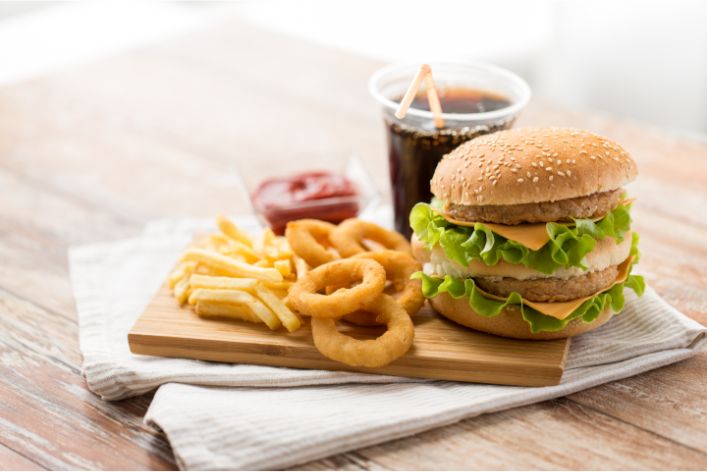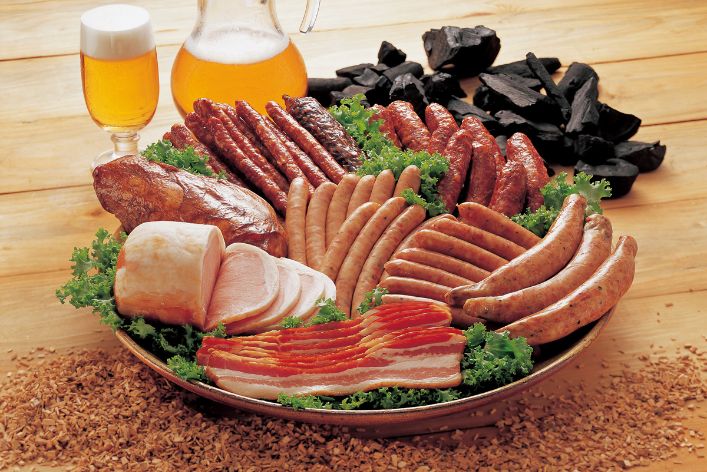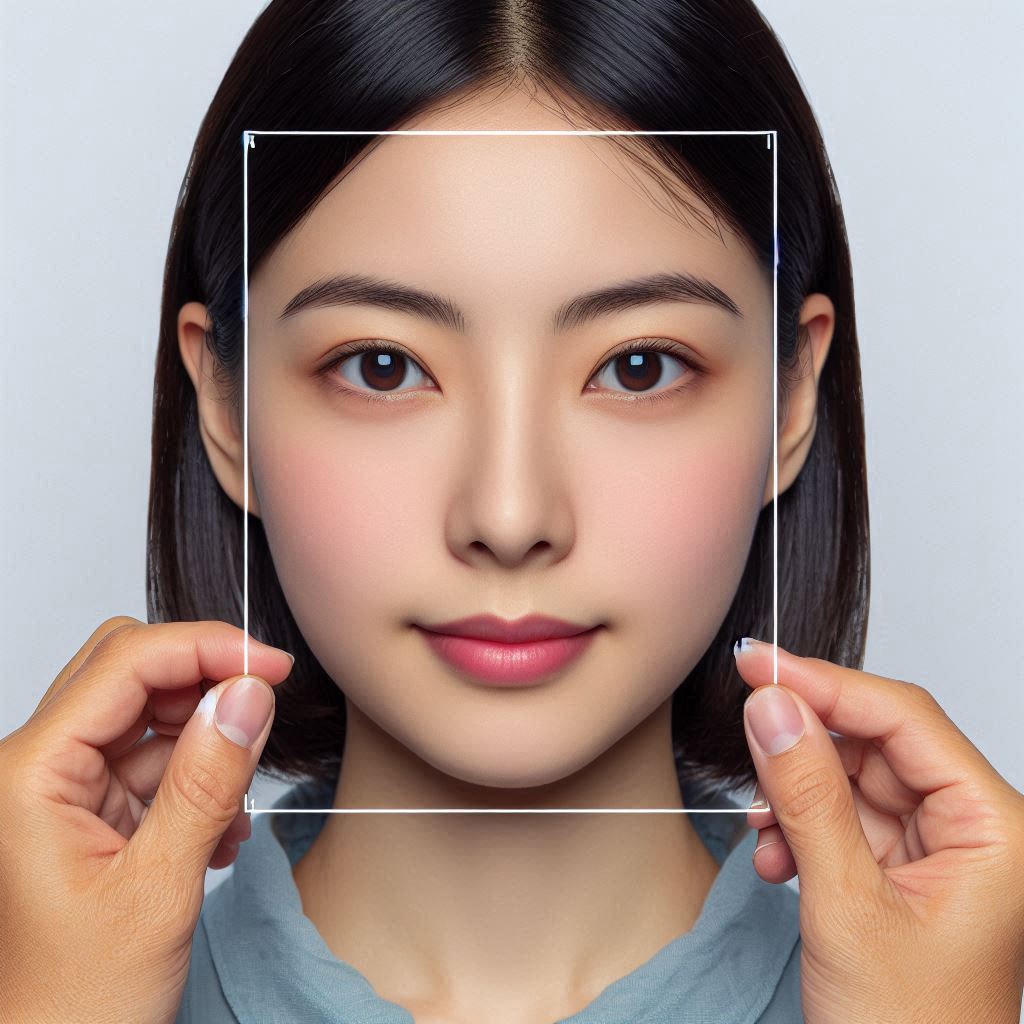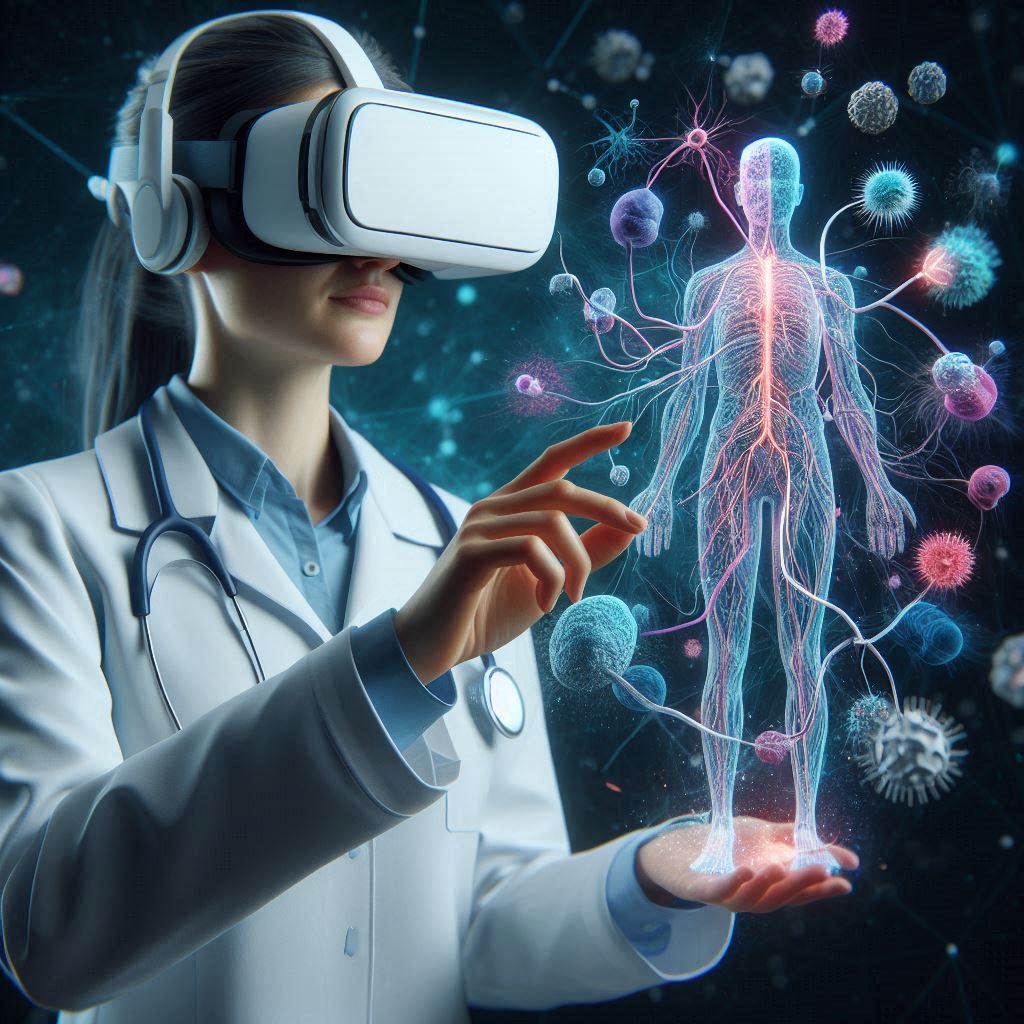Processed foods, altered with additives for flavor, shelf life, or texture, are ubiquitous yet risky. Understanding these dangers can help us avoid processed foods for healthier choices.
This article will provide a brief overview of the dangers of processed foods. It will touch on the additives and chemicals used in these foods and their potential health risks. It will also discuss the impact of processed foods on our overall health and well-being.

By understanding the dangers of processed foods, we can make better choices for ourselves and our families. We can opt for fresh, whole foods that are free from harmful additives and chemicals. We can prioritize our health and well-being by choosing foods that support our mental and physical health.
Processed foods have become a staple in our diets, but they are not without risk. It is important to understand the potential health hazards associated with these foods so that we can make informed choices about what we eat. By choosing fresh, whole foods and avoiding processed foods, we can prioritize our health and well-being for a healthier, happier life.
Read: Dispelling Myths About the Science of Weight Loss
Additives and Preservatives
Have you ever looked at the label of a packaged food and noticed a long list of ingredients you can barely pronounce? Many of these ingredients are additives and preservatives, which are commonly used in processed foods to enhance flavor, texture, and shelf life.
A. Explanation of additives and preservatives
Additives are substances added to food to improve its flavor, texture, appearance, or nutritional value. They can be natural or synthetic and are regulated by the Food and Drug Administration (FDA). Preservatives, on the other hand, are added to food to prevent spoilage caused by bacteria, fungi, or other microorganisms.
B. Examples of common additives and preservatives
Some common food additives include artificial sweeteners (such as aspartame and saccharin), food coloring (such as Red 40 and Yellow 5), and emulsifiers (such as lecithin and mono and diglycerides). Meanwhile, common preservatives include sodium benzoate, BHA (butylated hydroxyanisole), and BHT (butylated hydroxytoluene).
C. Concerns about health risks
While additives and preservatives are generally recognized as safe by the FDA, some studies have raised concerns about potential health risks associated with their consumption. For example, some artificial sweeteners have been linked to cancer, while some food colorings have been linked to hyperactivity in children.
Read: How to Reduce Salt Intake in a High-Sodium Diet
D. Ways to avoid
If you’re concerned about the potential health risks of additives and preservatives, there are several ways to limit your exposure:
1. Reading labels
One of the best ways to avoid additives and preservatives is to read food labels carefully. Look for products with a short list of recognizable ingredients and avoid products with long lists of ingredients you can’t pronounce.
2. Choosing whole foods
Foods that are minimally processed, such as fresh fruits and vegetables, whole grains, and lean proteins, are generally free of additives and preservatives. By choosing these foods, you can ensure that you’re getting the nutrients your body needs without any unnecessary additives.
3. Making homemade meals
Another way to avoid additives and preservatives is to make your own meals from scratch. This allows you to control exactly what goes into your meals and ensures that you’re consuming whole, nutritious foods.
While additives and preservatives are commonly used in processed foods, there are concerns about potential health risks associated with their consumption. By reading labels carefully, choosing whole foods, and making homemade meals, you can limit your exposure to these additives and ensure that you’re consuming a healthy, nutritious diet.
Innovative Tech Solutions, Tailored for You
Our leading tech firm crafts custom software, web & mobile apps, designed with your unique needs in mind. Elevate your business with cutting-edge solutions no one else can offer.
Start NowRead: The Paleo Diet: An Effective Way to Improve Your Health and Well-Being
Artificial Colors and Flavors
Have you ever wondered why some foods look and taste so different from their natural counterparts? This is because of artificial colors and flavors – food additives that mimic natural colors and flavors. While they are prevalent in many processed foods, they may not be as harmless as they seem.
A. Explanation of artificial colors and flavors
Artificial colors are additives used to enhance the appearance of food, making it look more appealing to consumers. Similarly, artificial flavors are added to make food taste more realistic or stronger than natural flavors.
B. Examples of common artificial colors and flavors
- Red 40 and Yellow 5: commonly found in candies, beverages, and desserts
- Vanillin: a synthetic version of vanilla found in baked goods and dairy products
- Monosodium Glutamate (MSG): a flavor enhancer found in processed foods and snacks
Read: Can Owning a Pet Improve Your Health and Well-being?
C. Concerns about health risks
The use of artificial colors and flavors has been linked to several health concerns, such as hyperactivity in children, allergies, and cancer. Studies have also shown that these additives can damage DNA and lead to other health problems over time.
D. Ways to avoid
There are ways to reduce your intake of artificial colors and flavors without completely cutting them out of your diet. Here are three ways:
- Choosing natural sources: opt for foods with naturally occurring colors and flavors instead of those with added artificial additives.
- Reading labels: check the ingredient list on the packaging of foods you buy to avoid products with artificial colors or flavors.
- Limiting consumption: enjoy foods with artificial colors and flavors in moderation and consider finding substitutes for your favorite artificially flavored or colored foods.
As with any dietary changes, it’s best to consult with your healthcare provider to determine what works best for your specific health needs.
Artificial colors and flavors may make our food look and taste better, but they come with concerning health risks. By opting for natural sources, reading labels, and limiting consumption, we can reduce our intake while still enjoying the foods we love.
Read: How Does Sugar Consumption Affect Your Health?
Sugar
A. Explanation of Different Types of Sugar
Sugar is a simple carbohydrate found in many foods and drinks. There are two main types of sugar: natural and added.
Natural sugars are those that occur naturally in foods like fruits, vegetables, and dairy products. These are considered healthier options because they usually come with added nutrients such as vitamins and fiber.
On the other hand, added sugars (also known as free sugars) are those that are added to food during processing, cooking, or at the table. Common examples include table sugar, high fructose corn syrup, and honey. Added sugars offer no nutritional benefits and can lead to various health problems when consumed in excess.
B. Examples of Processed Foods High in Sugar
Processed foods are notorious for their high sugar content. Here are some examples:
- Soft drinks: A single can of soda contains up to 10 teaspoons of sugar.
- Breakfast cereals: Many cereals are marketed as healthy options but contain a lot of added sugar, sometimes as much as the daily recommended intake.
- Flavored yogurts: Yogurts with added flavors can contain more than 15 grams of sugar per serving.
- Baked goods: Cookies, cakes, and pastries are loaded with sugar and can cause a sudden spike in blood sugar levels.
C. Concerns About Health Risks
Consuming excessive amounts of sugar can lead to a host of health problems. Here are some of the most common concerns:
- Obesity: Sugar is high in calories, and excessive consumption can lead to weight gain and obesity.
- Type 2 diabetes: Sugar can cause a spike in blood sugar levels, which can eventually lead to insulin resistance and type 2 diabetes.
- Heart disease: A high-sugar diet can raise the risk of heart disease by increasing blood pressure, inflammation, and triglyceride levels.
D. Ways to Avoid
It’s important to reduce your sugar intake and adopt a healthier diet. Here are some ways to avoid sugar:
- Reading Labels: Always read the labels of processed foods and look out for added sugars. Try to choose products that have little to no added sugars.
- Choosing Low-Sugar or Sugar-Free Options: Look for low-sugar alternatives of your favorite food and drinks. You can also try using natural sweeteners like Stevia or Monk Fruit.
- Cutting Back on Processed Foods: Swap high-sugar processed foods with whole, fresh foods such as berries, nuts, vegetables, and lean protein.
Sugar is an integral part of our modern-day diet, but consuming it in excess can lead to various health problems. By understanding the different types of sugars, identifying high-sugar foods, and adopting a healthier diet, you can avoid the sweet danger and lead a healthy lifestyle.
Read: Gut Health 101: Understanding the Importance of Your Microbiome

Fats
A. Explanation of different types of fats
- Saturated fats: Raise LDL cholesterol and increase the risk of heart disease.
- Trans fats: Increase LDL cholesterol and decrease HDL cholesterol.
- Polyunsaturated fats: Lower LDL cholesterol and reduce the risk of heart disease.
- Monounsaturated fats: Lower LDL cholesterol and reduce the risk of heart disease.
B. Examples of processed foods high in unhealthy fats:
- Fried foods (e.g. fried chicken, French fries)
- Baked goods (e.g. donuts, muffins, croissants)
- Fast food (e.g. burgers, pizzas, hot dogs)
- Packaged snacks (e.g. chips, crackers, cookies)
C. Concerns about health risks
Consuming high amounts of unhealthy fats can lead to serious health risks such as heart disease, stroke, diabetes, and obesity. These fats increase LDL cholesterol, lower HDL cholesterol, and cause inflammation in the body.
D. Ways to avoid:
- Reading labels: Pay attention to the amount of saturated and trans fat per serving.
- Choosing foods with healthy fats: Opt for foods with polyunsaturated and monounsaturated fats such as nuts, seeds, avocados, and fatty fish.
- Limiting consumption: Avoid processed foods and reduce your intake of red meat, butter, and cheese.
Understanding the different types of fats and their effects on our health is crucial. By avoiding processed foods high in unhealthy fats and opting for foods with healthy fats, we can reduce our risk of serious health problems. By reading labels and limiting consumption of saturated and trans fats, we can take control of our health and make informed decisions about what we fuel our bodies with.
Read: How to Lower Your Blood Pressure Naturally
Conclusion
Processed foods may be convenient, but they come with hidden dangers. These hidden dangers include excessive sodium, sugar, and chemicals.
To avoid the hidden dangers of processed foods, opt for fresh fruits and vegetables, whole grains, and lean proteins. Pay attention to food labels and avoid foods with long ingredient lists and added sugars or sodium.
It’s important to make healthier choices for the sake of your health. By making small changes to your diet, you can improve your overall well-being and reduce your risk of chronic conditions such as obesity, heart disease, and diabetes.
Take action by incorporating more whole foods into your diet and meal planning ahead of time. By doing so, you can avoid the temptation of relying on processed foods for convenience and prioritize your health.
Seamless API Connectivity for Next-Level Integration
Unlock limitless possibilities by connecting your systems with a custom API built to perform flawlessly. Stand apart with our solutions that others simply can’t offer.
Get StartedMake the decision today to live a healthier lifestyle and say goodbye to the hidden dangers of processed foods.
Read: Poor Eating Habits You Should Stop
Before You Go…
Hey, thank you for reading this blog to the end. I hope it was helpful. Let me tell you a little bit about Nicholas Idoko Technologies. We help businesses and companies build an online presence by developing web, mobile, desktop, and blockchain applications.
We also help aspiring software developers and programmers learn the skills they need to have a successful career. Take your first step to become a programming boss by joining our Learn To Code academy today!
Be sure to contact us if you need more information or have any questions! We are readily available.










